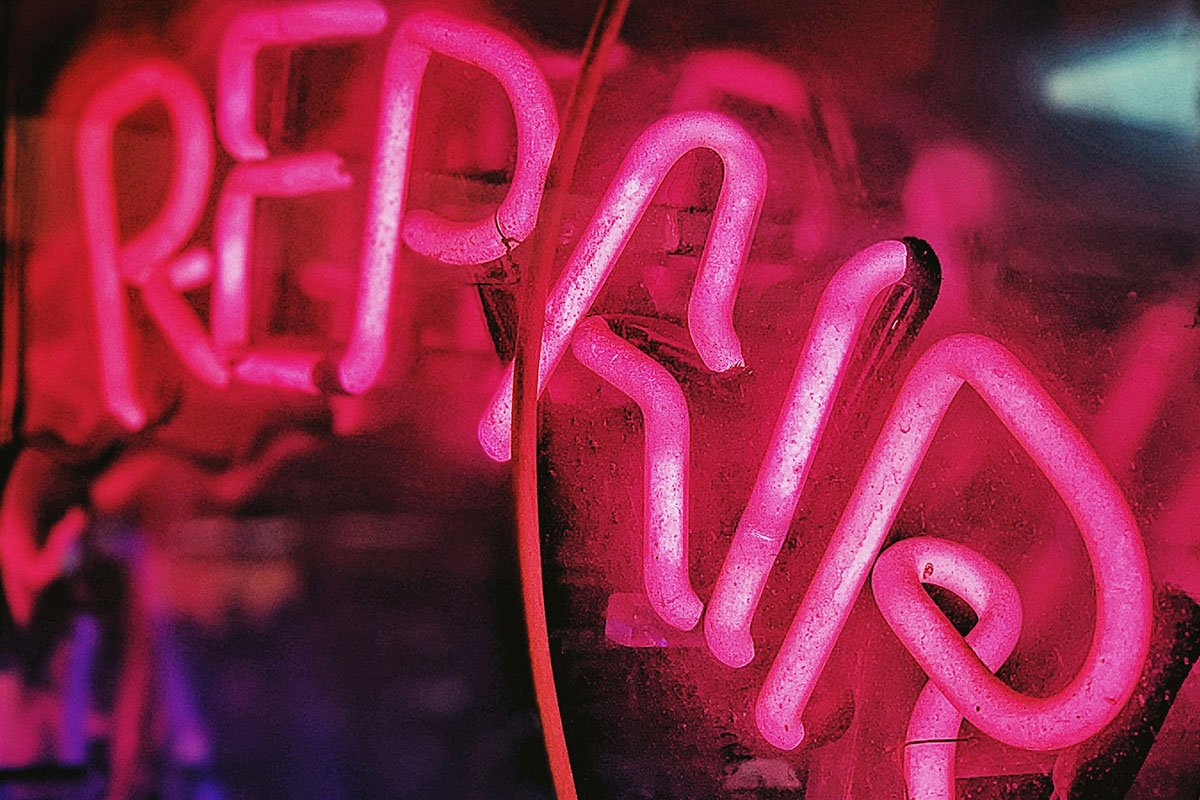
October 25, 2017; St. Louis Post-Dispatch
The number of donors is decreasing while total dollars donated continue to rise. What will that mean for your nonprofit and its ecosystem, and how will the shift of who gives money impact the overall focus of the nonprofit sector?
Janelle O’Dea at the St. Louis Post Dispatch and Ben Paynter at Fast Company each offer their take on the Chronicle of Philanthropy’s periodically updated “Special Report: How America Gives.” The key takeaway is by now an old story: The total annual amount of giving continues to break records, but the actual number of Americans doing the giving is dropping at a disturbing rate. NPQ readers have seen these conspicuous trends discussed through the years, such as here and here. This is great news for the kinds of charities that attract mega-grants, but not so much for everyone else.
What does this trend look like in St. Louis today, where the population dropped between 2010 and 2015 while during that same period the population occupied by the three highest income brackets increased? O’Dea reports that households earning $200,000 or more accounted for 52 percent of all contributions to nonprofits in St. Louis as well as the nation.
Some of those grants go to intermediary groups, which subsequently spread whatever money is not donor-directed among a number of nonprofits. United Way spokeswoman Erin Smith says that the number of donors giving more than $10,000 to their local campaign is on an upward trajectory.
Despite fewer total donors, the United Way of Greater St. Louis set a record last year by raising just over $75 million during its annual campaign. In the past six years, the nonprofit said it has exceeded its fundraising goal. United Way of Greater St. Louis spokeswoman Erin Smith said the organization is about halfway to this year’s $75.5 million annual campaign goal, “which is in line with where we’ve been at this time in previous years.”
But, as we know, the trend in giving is away from the use of such intermediaries and toward direct donor giving and, in these cases, the money will not necessarily be spread, but may end up more concentrated.
Brian Niebrugge is in charge of the Annual Catholic Appeal at the Archdiocese of St. Louis. He said last year, the appeal set a fundraising record at more than $15 million.
The archdiocese does not keep track of specific donors’ income levels, Niebrugge said, but does track the number of donors.
Sign up for our free newsletters
Subscribe to NPQ's newsletters to have our top stories delivered directly to your inbox.
By signing up, you agree to our privacy policy and terms of use, and to receive messages from NPQ and our partners.
“We have seen an overall decrease in the number of donors to the Annual Catholic Appeal, similar to other nonprofits,” Niebrugge said in an email. “What is really striking, though, is the increasing generosity of those who give, and I don’t think it is just from our wealthier parishes. Many of our parishes that are located in poorer neighborhoods, in urban, suburban, and rural areas, have increased their giving to this Appeal.”
According to the “How America Gives” report, charities in the St. Louis region received $1.8 billion, but would have received slightly more, another $10.2 million, if giving kept pace with the national average of the nation’s large metro areas. Paynter looks at the special report’s national statistics, observing that from 2000 to 2015, Americans earning $100,000 or more who itemized their deductions rose from 57 percent to 75 percent. But even that insight offers little light to communities missing the giving altogether.
In Manchester, New Hampshire, for instance, itemized givers have donated $150 million overall, but that’s 97 percent below same-size cities. If more donors gained enthusiasm, the sum would be $296 million. Janesville, Wisconsinites gave $47 million, but their base could reasonably be expected to grow another 77 percent. The people of Atlantic City, New Jersey, gifted $88 million, are underperforming by 61 percent.
This giving report looks at 2015 data of those who earned $50,000 or more and who itemized their charitable deductions. That is an important though limited picture of philanthropy. And this is merely a peek at the real issues facing the nation, let alone nonprofits.
Bridgewater Associates is the world’s largest hedge fund with 1,200 handpicked employees, each with their fingers on the pulse of what makes the world’s economy tick second to second. Its founder and leader, Ray Dalio, recently shared what he sees, such as most of those in the bottom 60 percent of the nation’s economy struggling to find $400 in an emergency. Only about a third of the bottom 60 percent of families have retirement savings accounts, and Dalio predicts that pension finance will not be fully met. That the bottom 60 percent of the nation’s population is not performing as well philanthropically as the top 40 percent is hardly the point.
Death rates are rising and mental and physical health is deteriorating for those in the bottom 60 percent. For those in the bottom 60 percent, premature deaths are up by about 20 percent since 2000. The biggest contributors to that change are an increase in deaths by drugs/poisoning (up two times since 2000) and an increase in suicides (up over 50 percent since 2000). The odds of premature death for those in the bottom 60 percent between the ages of 35 and 64 are more than two times higher, compared to those in the top 40 percent.
Dalio predicts that “the stress between the two economies” will only grow grimmer given “that pension, healthcare, and debt promises will become increasingly difficult to meet.” Dalio urges the Federal Reserve and other policymakers to look deeper into the statistics, rather than at averages.
The concentration of wealth at the top skews more than the philanthropic numbers, but for the nonprofit leaders who choose to see the problem as solvable only through that single, very legitimate lens, the giving numbers reflect a larger and more disturbing picture.—Jim Schaffer











